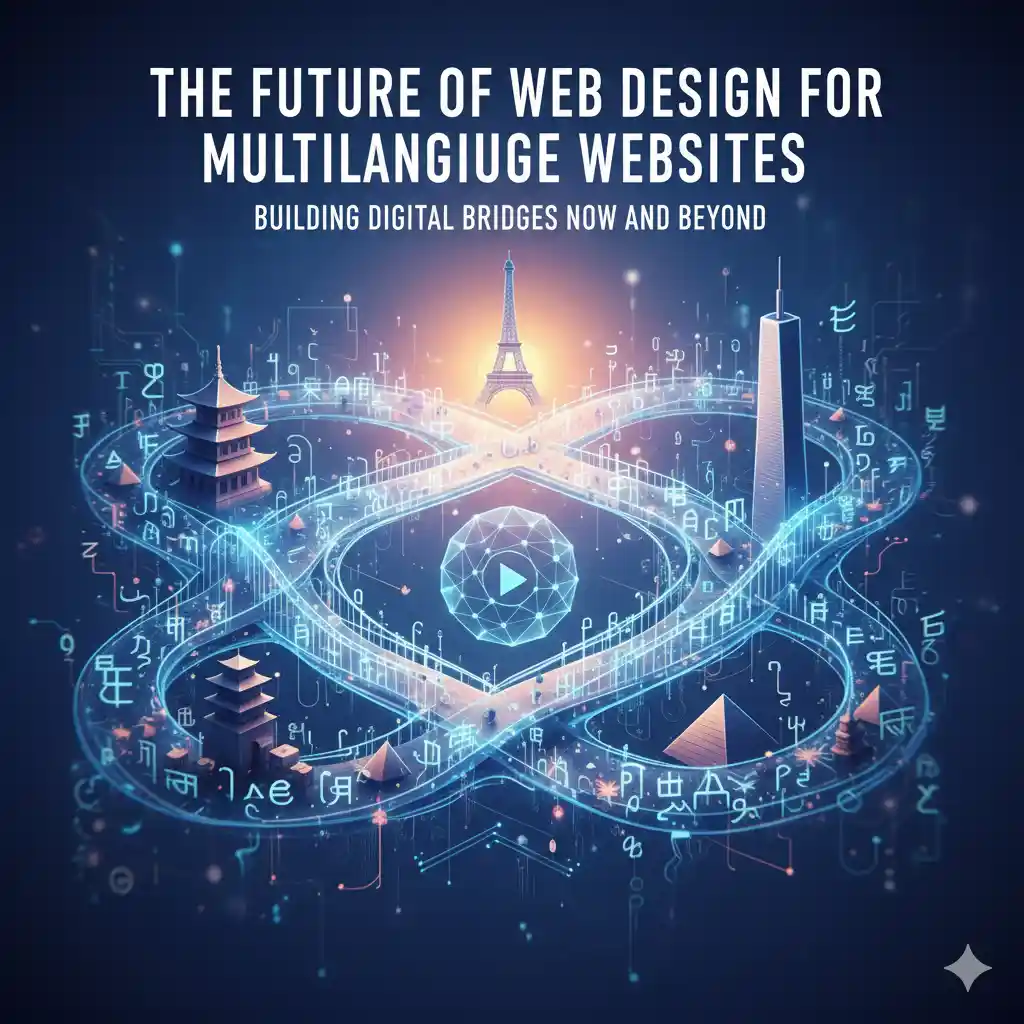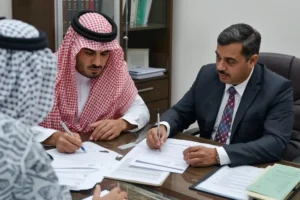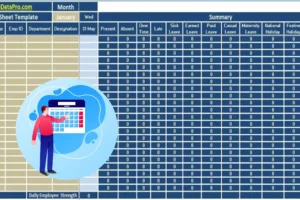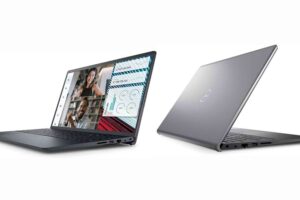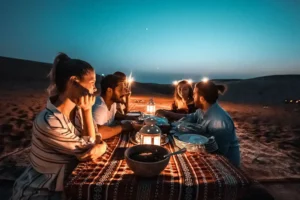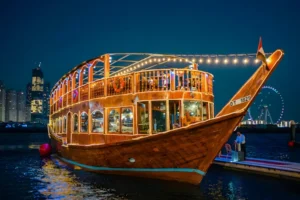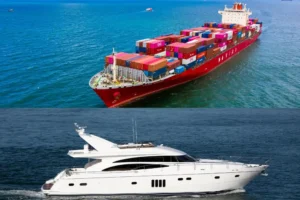Dubai’s digital scene can be considered a wonder of the world. Walk down Sheikh Zayed Road or scroll through UAE-based business pages, and you’ll notice something interesting — most brands don’t speak just one language. Arabic, English, sometimes even French, Hindi, or Chinese — all coexist in one digital ecosystem.
This variety is a plus — but it also poses a considerable challenge to web designers What would be the solution to the problem of how to build one site that appeals to people of different cultures and languages? How do you make sure that Arabic text, right-to-left layouts, and English content all look balanced and professional on the same platform?
This is the beginning of the future of multilingual web design — a scenario where technology, culture, and design thinking collaborate to provide user experiences that are perceived as local even in a global context..
The Importance of Multilanguage Websites Has Increased Considerably
In 2025 and beyond, the websites will no longer be merely digital brochures — they will be the gateways to the world markets.
Let’s delve into the reasons that are making multilingual web design so important:
- Dubai’s global market daily welcomes a variety of audiences — residents, tourists, and investors.
- Content in the user’s language is trusted by them — even if they have the ability to understand English.
- Multilingual websites boost SEO visibility, especially when optimized for regional keywords.
A well-planned multilingual site can open its doors to users from all cultures without the loss of the brand’s central message — and that’s the very thing modern web design services are taking care of.
Design Challenges Unique to Multilanguage Websites
Multilingual websites are not just a matter of translating word by word They demand meticulous planning, flexibility in layout, and profound expertise in the cultural differences.
Common design challenges are listed below — and also the methods through which the designers are remedying them:
- Right-to-Left Layouts: Arabic and Hebrew are written in a way that is opposite to English, which necessitates the adaptation of every design feature. Accessing modern content management systems, you can get reversed layouts to keep brand consistent at the same time.
- Font Compatibility: The font may be perfect for English but not for Arabic or Asian scripts. Future-proof design tools provide typography flexibility for text that is understandable and fits the brand’s tone.
- Cultural Sensitivity in Images and Colors: What one culture finds beautiful might not be the case in another. Designers have to be aware and at the same time be creative.
- Navigation Logic: A simple menu can be turned into a complex one just because of the fact that languages have different characters that make the text longer – smart spacing and responsive grids help keep the menus clean.
In short, it’s not about simply “adding another language.” It’s about building a digital space that welcomes every visitor equally.
The Future of Web Designing for Multilingual Websites: Digital Bridges in 2025 and Beyond
Dubai’s digital landscape is very different from the rest of the world. You may take a stroll along Sheikh Zayed Road or view the business profiles in UAE, and you will find an interesting fact — most of the brands are multilingual. Arabic, English, sometimes even French, Hindi, or Chinese — all of them are present in a single digital environment.
For instance:
- AI-driven translation tools can instantly localize design elements, not just text.
- Smart content tagging helps search engines understand language versions correctly.
- Design automation tools maintain consistent spacing, alignment, and hierarchy across languages.
This diversity is striking — but at the same time, it creates a huge challenge for the web designers.
Multilingual SEO: The Hidden Backbone of Great Design
A beautiful website won’t bring results unless people can find it. Here, SEO agency in Dubai expertise becomes the most necessary.
For multilingual websites, the SEO goes to a deeper layer of complexity. You must ensure that search engines identify the correct language and that the right content is served to the users.
The main considerations are:
- Hreflang tags: These direct Google where to show which language users for which page version.
- Localized keywords: “Web design Dubai” and “تصميم المواقع في دبي” might look alike, but they are different in terms of users.
- Multilingual sitemaps: They assist Google to index all versions correctly.
By aligning SEO planning with smart design, you guarantee that your website is at par with Arabic, English, or any other language you offer.
Future Trends: Where Multilanguage Web Design Is Headed
The following trends are owning the next chapter of multilingual web design in Dubai and globally:
1. AI-Driven Localization
AI tools would be able to identify a visitor’s location, device, and language preference — and adjust both design and content tone to fit automatically.
2. Cultural Personalization
Designs will be more than just language translation — customizing images, promotions, and even product placement according to cultural habits.
3. Voice and Visual Search
Designers will have a choice of using worldwide font libraries that are particularly made for multilingual display and thus, maintaining visual attractiveness across languages.
4. Dynamic Typography
Designers will have a choice of using worldwide font libraries that are particularly made for multilingual display and thus, maintaining visual attractiveness across languages.
Comparing Traditional vs. Future-Ready Multilanguage Design
| Aspect | Traditional Design | Future-Ready Design |
| Language Setup | Manual translation | AI-assisted localization |
| Layout | Separate templates | Responsive adaptive grids |
| SEO | One-language targeting | Multi-region keyword mapping |
| Updates | Manual per-language | Automated sync across versions |
| Cultural Fit | Generic imagery | Context-based personalization |
This shift means brands can manage multilingual websites with less effort while offering richer experiences for users worldwide.
How Dubai’s Businesses Are Adapting
Dubai companies have been quick to incorporate the multilanguage design innovation in the first place. Investing in multilingual digital marketing services is characteristic of brands that deal with both Arab and English clients while their ecommerce products are being targeted to a wider range of countries. Companies are building their strategies on an increasingly flexible foundation.
The majority of them are:
- Creating websites with the help of multilingual CMS systems (like WordPress Multisite or Webflow localization).
- Choosing web design companies that have the same understanding of both cultures and SEO perspectives as them.
- Utilizing real-time translation software for their content that is being updated live.
This no-nonsense method is what keeps the brands to be accessible, reliable, and to have their market share in the different audience groups.
Best Practices for Building Multilanguage Websites
Here is what brands are suggested to main future-ready:
- A language switcher that is easy to find with visual consistency: Maintaining tone and meaning through translations — direct machine translation should be avoided.
- Adaptive layouts should be designed to accommodate longer translated texts.
- All language versions should have their content updates synced.
- Combine web design services and SEO strategy from the start, not as separate steps.
- At the beginning of the project, combine web design services and SEO strategy rather than treating them as separate steps.
An efficiently constructed multilingual site is not merely usable — it is a sign of acknowledging every customer’s origin and culture.
Looking Ahead
The upcoming era of multilingual web design will not be a matter of mere translation; it will entail the creation of multicultural sites instead.
The competition among the brands in the UAE and the Middle East will be decided by those that reach out to the customers in every possible way, including, but not limited to, design, tone, and experience.
When the brands outsource the services of a future-oriented SEO agency in Dubai and a creative web design team, they can develop websites that are not only aesthetically pleasing but also capable of profound connecting — through languages, cultures, and territories.
